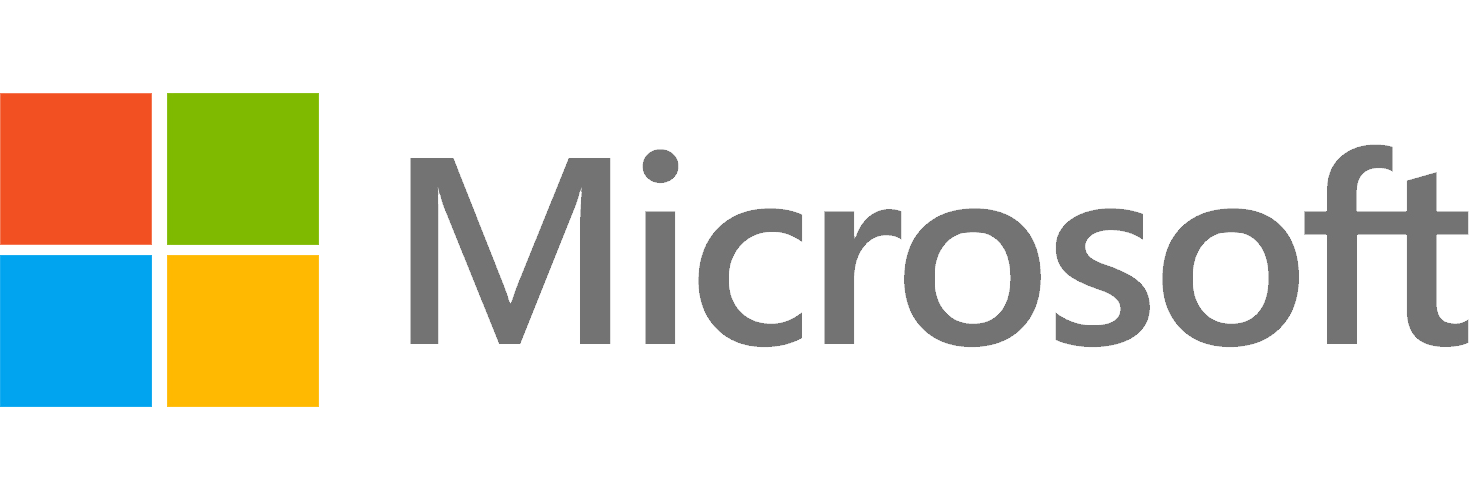
In another display of its outsized momentum, while Google Cloud accounted for just 14.7% of the total Q3 cloud revenue generated by the three biggest hyperscalers, it grabbed 23.3% of the new sequential Q2-to-Q3 growth reported across Microsoft, Amazon, and Google.
Let’s break that down a bit so you can understand why I think this is important. For calendar Q3, here are the cloud-revenue figures for the three biggest hyperscalers (does not include Oracle):
- Microsoft: $38.9 billion
- AWS: $27.5 billion
- Google Cloud: $11.4 billion
- Q3 Total: $77.8 billion
And here are the sequential (Q2 to Q3) revenue-growth numbers for each company:
- Microsoft: from $36.8 billion to $38.9 billion, up $2.1 billion
- AWS: from $26.3 billion to $27.5 billion, up $1.2 billion
- Google Cloud: from $10.4 billion to $11.4 billion, up $1.0 billion
- Q3 total sequential revenue growth: $4.3 billion
So let’s now look at that first set of numbers — Q3 cloud revenue — and calculate the shares for each company out of the three-company total of $77.8 billion:
- Microsoft: $38.9 billion out of $77.8 billion = 50%
- AWS: $27.5 billion out of $77.8 billion = 35.3%
- Google Cloud: $11.4 billion out of $77.8 billion = 14.7%
Next step: Now let’s calculate the shares each company can claim of the $4.3 billion in new sequential Q2-Q3 revenue growth:
- Microsoft: $2.1 billion out of $4.3 billion = 48.8%
- AWS: $1.2 billion out of $4.3 billion = 27.9%
- Google Cloud: $1.0 billion out of $4.3 billion = 23.3%
So across the three companies:
- Microsoft delivered 50% of the total Q3 cloud revenue, and generated 48.8% of the new Q2-to-Q3 revenue;
- AWS delivered 35.3% of the total Q3 cloud revenue, and generated 27.9% of the new Q2-to-Q3 revenue; and
- Google Cloud delivered 14.7% of the total Q3 cloud revenue but grabbed 23.3% of the new Q2-to-Q3 revenue.
Ask Cloud Wars AI Agent about this analysis
What those numbers show is that while Google Cloud is clearly much smaller than Microsoft and AWS, it is winning a disproportionately large share of new business, which means it is taking share from its much-larger competitors.
Some people choose to pooh-pooh these rumblings, dismissively waving them off by saying “The only thing that really matters is that Microsoft’s cloud business is 3.5X bigger than Google Cloud’s, and AWS’s is 2.5X larger.”
That’s true — no question about it. And if this were a static market with little innovation and acceleration, then the game would be over. But the Cloud Wars are the very antithesis of such flaccid stuff, and growth and momentum are what pushed Microsoft ahead of AWS on the Cloud Wars Top 10 a handful of years ago, and more recently caused me to elevate both Google Cloud and Oracle ahead of AWS.
Because growth is an elegant proxy for customer demand, customer preference, customer eagerness, and customer spending. The leading growth company is the one that more and more buyers talk about, want to meet with, and are more predisposed to do business with.
Final Thought
Now, we all realize that these ratios and percentages can fluctuate across quarters — that’s understood and we’ll no doubt see some variations.
But.
When you combine Google Cloud’s strong overperformance in grabbing a disproportionately large share of new Q3 revenue with its striking Q3 growth rate of 35% compared to Microsoft’s 22% and AWS’s 19%, it’s a clear indication that Thomas Kurian‘s company has created some powerful momentum here in the greatest growth market the world has ever known.

AI Agent & Copilot Summit is an AI-first event to define opportunities, impact, and outcomes with Microsoft Copilot and agents. Building on its 2025 success, the 2026 event takes place March 17-19 in San Diego. Get more details.












